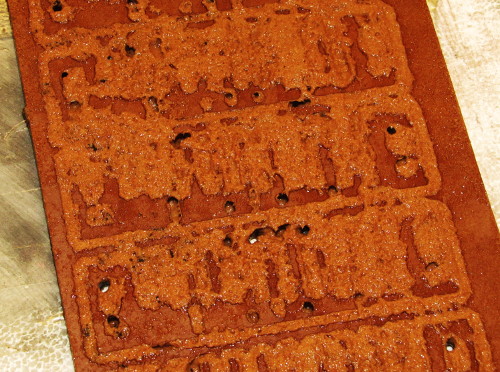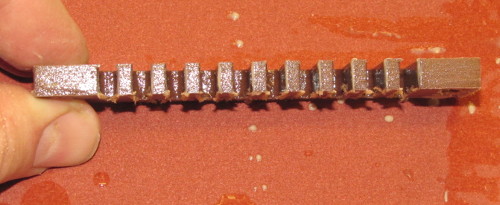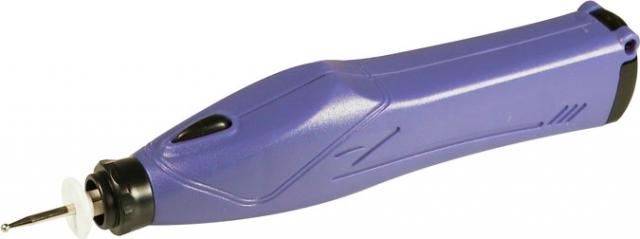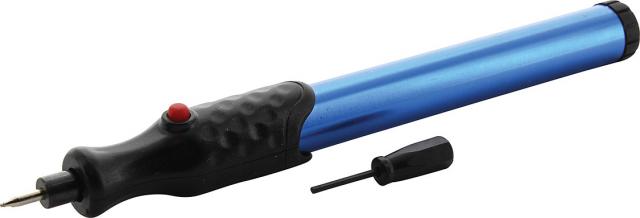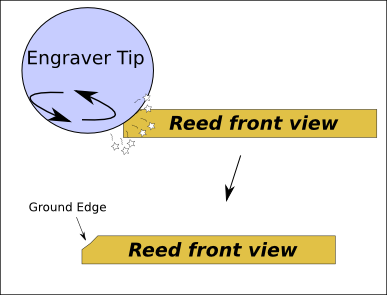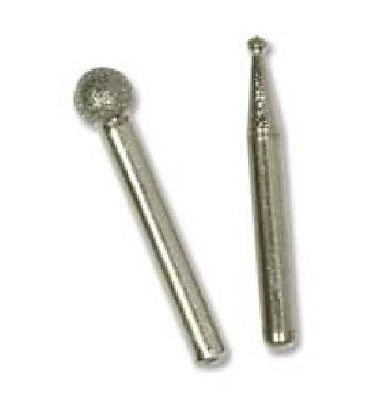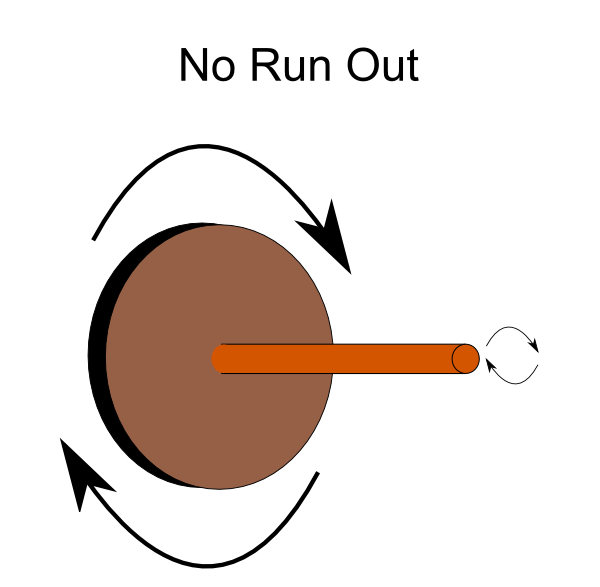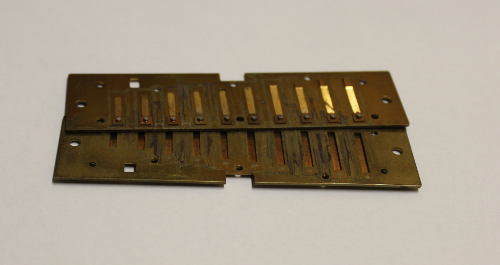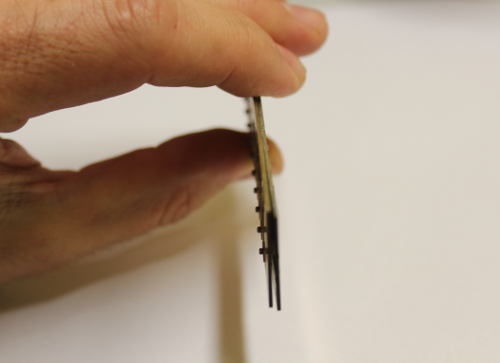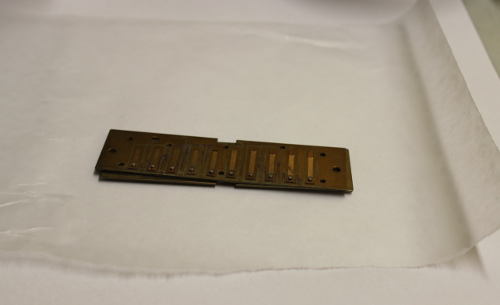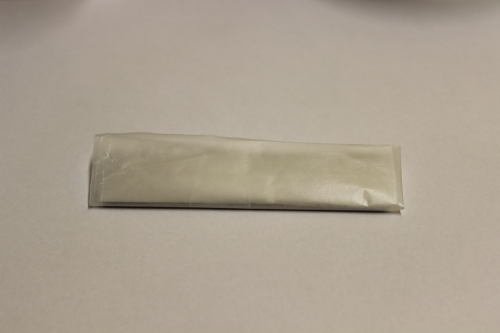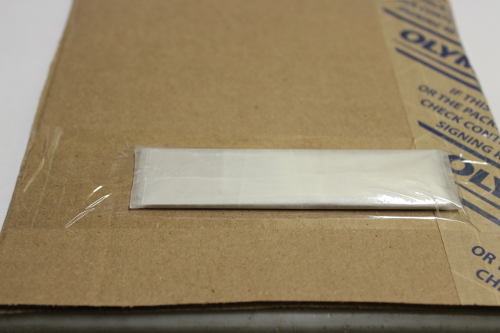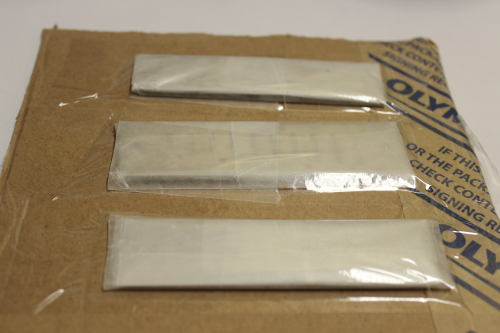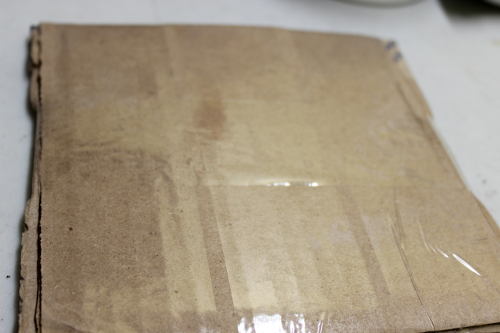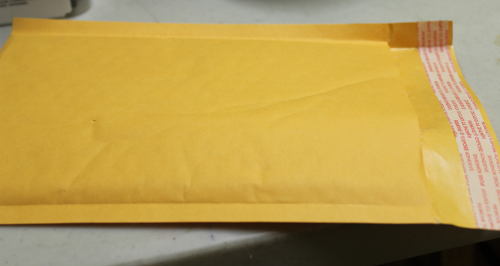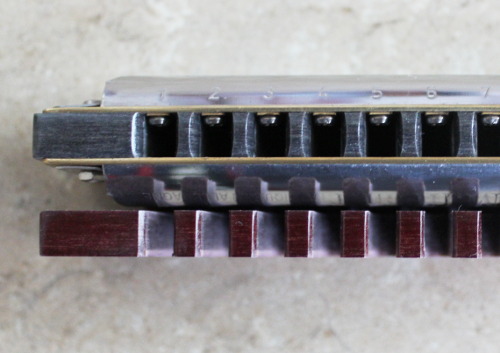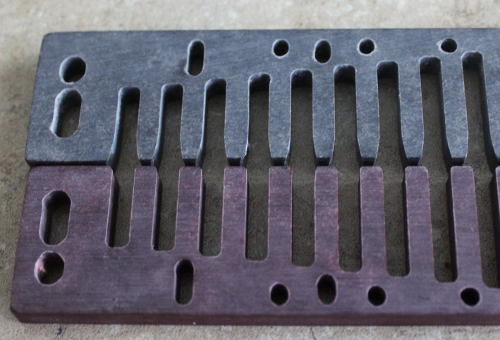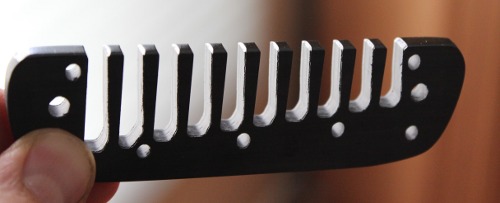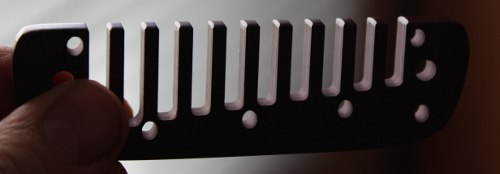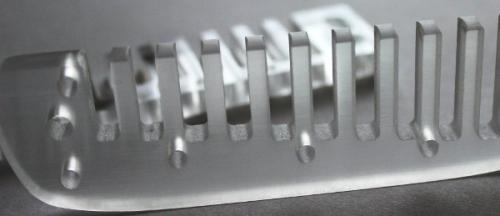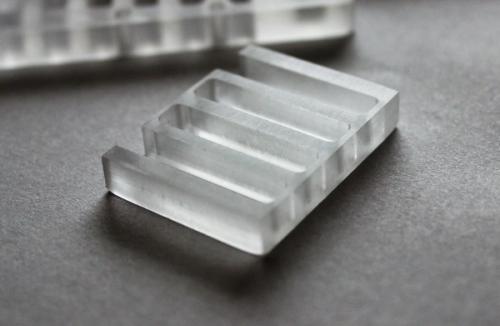Embossing decrease the space between the reed and the edges of the slot. With higher tolerances can come better performance - the harmonica responds better and plays louder.
The thing about embossing is that so much can go wrong. Fixing the damage can take more time than it takes to do the actual work of embossing the slots.

So how to you "walk the line" to get maximum benefit without creating problems for yourself?
Some folks advocate special tools. Some use a light table. Others use a microscope - sometimes.
All those things can work well. But every method has its disadvantages.
For example, a fast-acting tool can overshoot the mark causing you to work against yourself. A light table only shows you two dimensions and as the reed passes through the slot in three dimensions, you can be left confused as to what you are seeing. A microscope can be overkill - you may not even need one if you have good eyesight. You certainly don't need to use magnification to do most of the work - if anything, you would want to shorten your view of the slot instead of zooming into one segment. But if you are over 40 years of age, using some form of magnification is probably good idea.
Let me share a secret with you: You can get top-level results using simple methods that don't rely on fancy technology.
How?
I'm not telling you. I don't make a habit of keeping secrets, but this is something I have never shared before in public.
I am happy to show folks the basics of how to tweak harmonicas and I have a strong preference for some methods, but there are may ways to get a task done. You don't need to know this secret to do a great job. This method's advantage is that it makes things easier and saves lots of time if you do it correctly.
Again, I'm not going to tell you what it is. I will, however, give you a clue.
Here it is. Print it out. (It's a way of looking at embossing.)
Contact me if you think you have it figured out. I'll let you know whether you are hot or cold. I'll add the most interesting responses to this page as they come in.
Good luck and don't hesitate to contact me!
2014/11/24 - Stephen C. described the way he holds the reed plate to "get a pretty good sense of what's going on in the space between the reed and the plate" and he's very close to what I describe!
2014/12/25 - Jaime G. wrote about "aligning tip edge with edge under rivet (to emboss) with a secure and efficient method."
EDIT: The mystery is over! My explanation can be found here!

